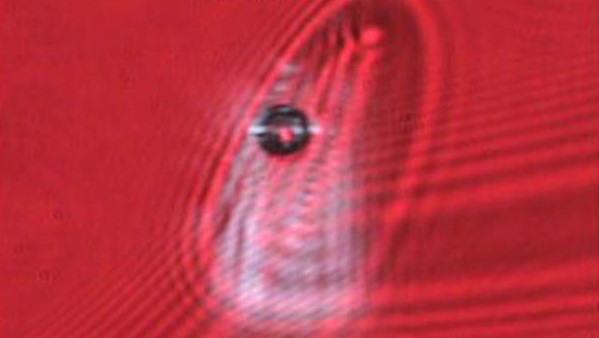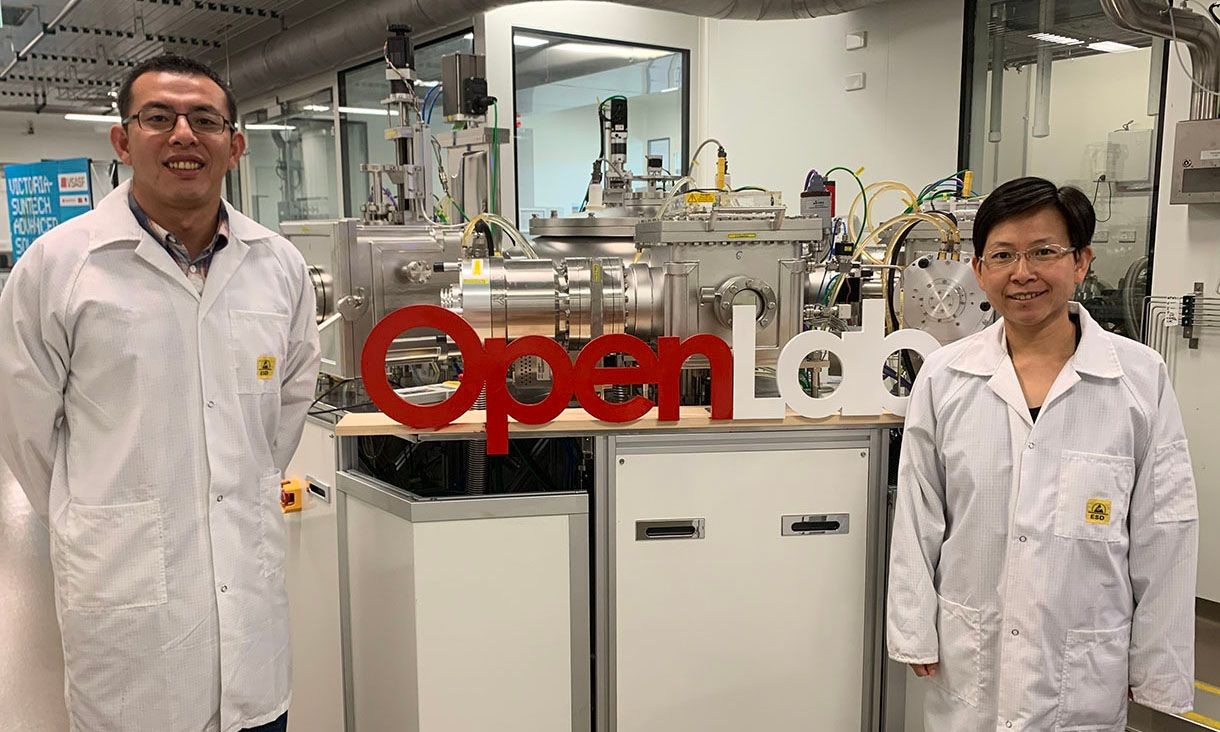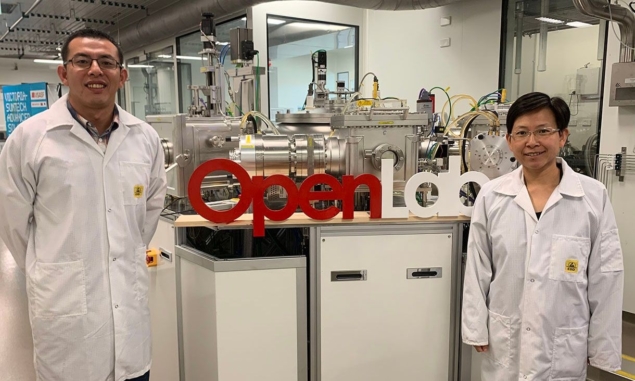A new and robust technique for generating microbubbles in films of graphene oxide has been developed by researchers in Australia, Singapore and the US. Using ultrashort laser pulses, a team led by Han Lin at Swinburne University of Technology created stable bubbles with highly controllable volumes, curvatures, and positions. They then used the structures to make a near-perfect microlenses for producing photonic jets from white light. With further research, their technique could see a broad range of uses in other areas.
From inkjet printing to DNA manipulation, microbubbles have found uses in a diverse array of practical applications. Currently, they are generated by firing ultrasound waves or laser pulses onto solid substrates like silicon chips. For the process to work, however, these substrates must be immersed in liquids – resulting in unstable bubbles that form in random places. This makes them unsuitable for integration with many biological and photonics applications – which require highly stable bubbles with controllable volumes and curvatures.
Lin’s team gained better control over the process by placing a film of graphene oxide onto a substrate, which they irradiated with highly focused femtosecond laser pulses. This triggers a chemical reaction that releases gases, which become trapped by the impermeable film. Through careful control of the laser power and its exposure area, the researchers could finely tune the amount of gas released. This gives them precise control over the volumes and curvatures of the resulting microbubbles as well as the locations of the bubbles. Furthermore, the microbubbles can easily be eliminated by increasing the laser power and destroying the film.
Intense photonic jet
To showcase the applicability of their graphene oxide microbubbles, Lin and colleagues exploited their highly uniform surfaces and almost perfectly spherical curvatures to create microlenses. These can focus a range of optical wavelengths, without any unwanted dispersion. They demonstrated this capability by using a microlens to focus white light with a broad range of wavelengths into an intense photonic jet, which they concentrated onto a single focal point with no chromatic aberration.

Floating oil droplet contains hundreds of degenerate optical modes
The team says that the technique offers clear advantages over photonic jet generation with glass microspheres. Compared with this more traditional approach, the extremely high tuneability of the graphene oxide microbubbles means that micolenses have arbitrary focal lengths and an insensitivity to material dispersion. These attributes are highly desirable in applications including 3D biological imaging in miniaturized lab-on-a-chip devices. Ultimately, the team’s discoveries open up promising new routes towards the application of microbubbles in a broad range of situations, including imaging, spectroscopy, and sensing.
The research is described in Advanced Photonics.


